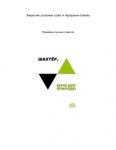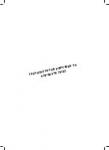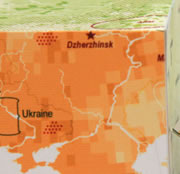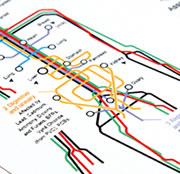change
 Resource efficiency
Resource efficiency Disasters
Disastersand conflicts
 Environmental governance
Environmental governance Harmful substances
Harmful substances Ecosystems management
Ecosystems management
 Global
Global Eastern Europe
Eastern Europe Caucasus
Caucasus Central Asia
Central Asia Balkans
Balkans Mediterranean
Mediterranean
 THINK!
THINK! TELL!
TELL! ACT!
ACT! TEACH!
TEACH!







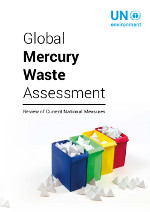


 In collaboration with the Secretariats of Basel, Stockholm and Rotterdam Conventions, Zoï have made an inventory of the technical and scientific publications under the three conventions and designed an intuitive tool to browse through these.
In collaboration with the Secretariats of Basel, Stockholm and Rotterdam Conventions, Zoï have made an inventory of the technical and scientific publications under the three conventions and designed an intuitive tool to browse through these. 
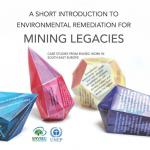
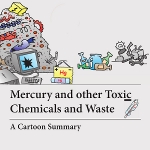


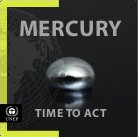
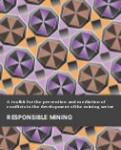
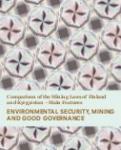
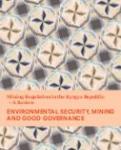

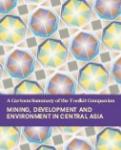
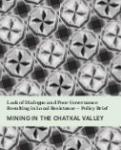
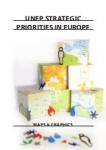

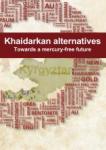
 A solid appreciation of commercial mercury trade is a vital foundation upon which governments can build effective strategies and promote specific measures to address national and global mercury challenges.
A solid appreciation of commercial mercury trade is a vital foundation upon which governments can build effective strategies and promote specific measures to address national and global mercury challenges. There is now only one known mercury mine in the world which continues to sell its output abroad: Khaidarkan, in the remote mountains of southern Kyrgyzstan.
There is now only one known mercury mine in the world which continues to sell its output abroad: Khaidarkan, in the remote mountains of southern Kyrgyzstan. Design, maps, graphics and layout by Zoï Environment Network.
Design, maps, graphics and layout by Zoï Environment Network.


